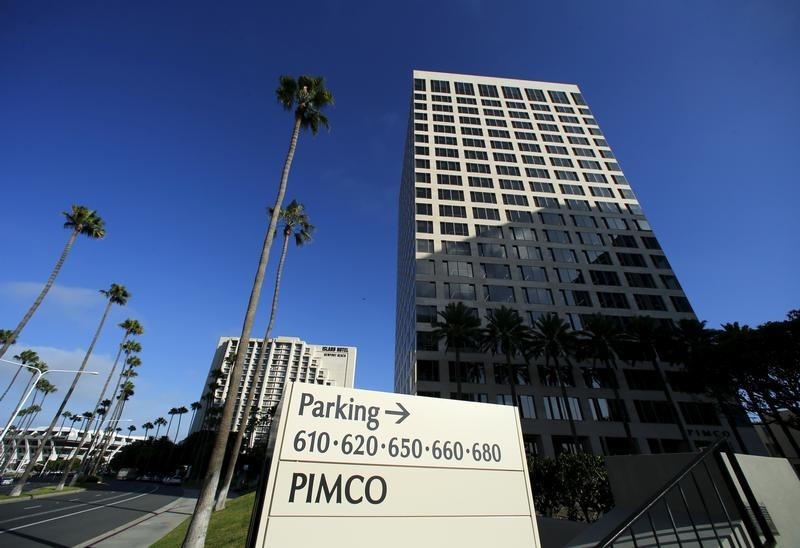(Bloomberg) -- It’s but a siren song for Andrew Bosomworth.
Treasury yields near a record high relative to bunds as the 10-year benchmark grazes the 3 percent threshold are little temptation for Pimco’s head of portfolio management in Germany. Bosomworth is more enticed by Italian government notes, Danish mortgage debt and Swedish covered bonds, which he says “offer compelling alternatives to similar quality U.S. dollar securities.”
The reason? Hedging costs. They’re rising as short-term dollar interest rates swell to crisis-era highs -- and may rise further. In fact, on a swapped basis Treasury yields are actually lower compared to bunds than they were a month ago.
As U.S. President Donald Trump’s fiscal easing fuels economic growth, the hedging pain will intensify, according to an emailed note from Pimco’s Bosomworth Tuesday. The firm estimates the cost of hedging dollar exposure for euro investors could rise closer to 4 percent next year from just below 3 percent.
Given the rising rate to neutralize currency risk on U.S. securities, Asian investors have been turning to European bonds -- particularly France, Spain and Italy -- at the expense of Treasuries, according to Mohit Kumar, head of rates strategy at Credit Agricole.
Chasing higher-yielding U.S. government bonds with longer maturities or corporate bonds with lower ratings also comes with caveats, according to the Munich-based investor at Pimco. Late-cycle risks make bonds sold by companies with fragile balance sheets a questionable proposition, while a flattening yield curve makes long-dated government bonds unappealing, he said.
"As the Fed raises rates further, adding to dollar currency hedging costs, European investors will need to reconsider their currency hedged U.S. dollar bond allocations," Bosomworth wrote.
